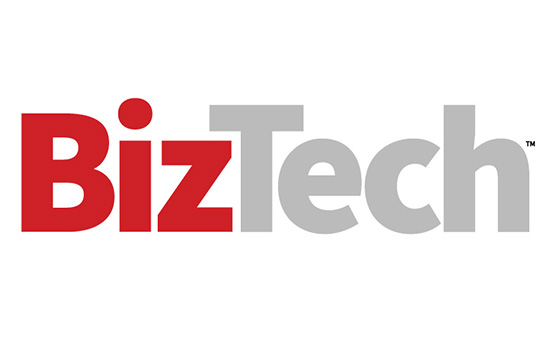Your Business Goals Should Drive Your Tech Strategy
Being forced into a refresh after a device failure is stressful and expensive. To avoid that, build a proactive plan that aligns with your business goals, not just your hardware’s life span. Here are five questions to help guide your next refresh and deployment:
1. What’s the current state of your tech stack?
Start with a quick audit of your hardware and software. Identify which systems are outdated, underperforming or nearing the end of their warranties. Many small businesses discover they’re still paying for unused software licenses or maintaining older equipment that slows down the team.
2. How much will a refresh cost?
A refresh can feel daunting, but it doesn’t have to drain your budget. Look for ways to stagger purchases or use financing options through partners such as CDW. Remember to include hidden costs such as downtime, maintenance or employee training in your budget plan to avoid surprises later.
3. What are your business objectives?
Technology should directly support your growth. Upgrading laptops might improve collaboration or enable remote work flexibility. New servers or cloud infrastructure might enhance customer service and security. Evaluate every purchase based on measurable business value.
4. Do you have a project roadmap?
Even in a small business, planning matters. Assign clear roles and milestones, whether you’re working with a managed service provider or internal staff. A roadmap will ensure your refresh happens smoothly and can minimize disruption to daily operations.
5. How will you dispose of old technology?
Secure disposal is essential for every business, no matter the size. Proper IT asset disposition — including certified data destruction and recycling — protects your company from data breaches and supports sustainability goals.
Click the banner below to keep reading stories from our new publication, BizTech: Small Business.












